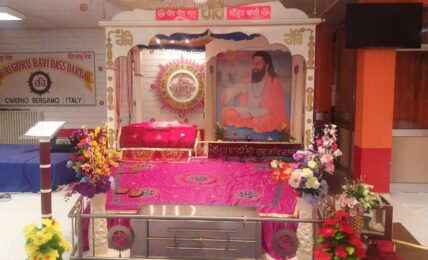Bretagna, la parte ruvida della Francia: vi porto a Saint-Malo
Nella Bretagna più aspra e dura c'è una città corsara dal fascino inquietante. E' Saint-Malò, città fortificata che ci incanta con il fenomeno delle maree e che reagisce al lockdown con l'arte.














Le tue parole hanno la magia di trasportarci li. Anche se non ci sono mai stata ora mi sembra di esserci